Many people assume that the traditional role of a man within a family is that of primary breadwinner, while a woman's job is to care for the children. However, according to the Digital History web site, it wasn’t until the 1920s that most families consisted of a wage-earning male, a stay-at-home mom, and children who attended school. In earlier generations, men and women both took active roles in commerce and child-rearing.
Colonial Family Units
The nuclear family of a mother, father and one or more children was virtually unknown during the early years of American colonization. Households were usually made up of parents, children, extended relatives and boarders, as well as servants and apprentices who performed household duties or learned career skills. These family groups often lived on farms, but some lived in towns or cities and worked in various skilled trades. Much as it is now, it was typically necessary for more than one person to generate income to support the family unit.
Traditional Roles of Men in Families
Religious European settlers brought their beliefs to the New World, and those beliefs helped define the roles of men and women within families. God was the highest authority, and husbands and fathers derived their household authority from God. Men were expected to provide for their families, but they also took an active role in rearing their children. Fathers taught their children to read and write, found apprenticeship programs for them so that they could learn career skills, disciplined their offspring as needed, and led the family in prayers or other religious activities. The father was considered the primary parent. Divorce was permissible under certain circumstances, but the father was normally granted custody rather than the mother.
Traditional Female Roles
A woman needed to know how to sew, spin and weave, tend vegetable and medicinal herb gardens, prepare food, and make sure that any servants or apprentices were properly trained and satisfactorily met their obligations within the household. She bore children, nursed them, and made sure that they were dressed, fed and well cared for. At the same time, women were often involved in financial enterprises. Many women helped manage their husband’s estates or actively took part in a business or family trade. If her economic responsibilities interfered with her parental duties, a woman might leave her young children in the care of a servant or older child while she worked.
Changing Roles
It wasn't until the nineteenth century that the roles of men and women within a family became more rigidly defined. Men began working outside of the home in greater numbers, and they would often leave for much of the day. Wives could no longer help their husbands with their businesses, so the image of husband as provider and wife as dependent began to replace the image of a cooperative family unit where everyone participated in its success. As a result, men became less involved with the upbringing of their children, while women's roles became largely limited to child care and household duties.
Related Articles
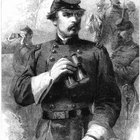
Men's Roles in the 1800s

Differences Between Modern & ...

What Were the Traditional Gender Roles ...

Traditional Gender Roles in Marriage

Farmer's Wife's Clothes in the 1800s
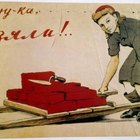
Husband & Wife Relationships in the ...
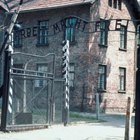
Clothing of the Children During the ...

Colonial Wig Making Tools

The History of Child Care Programs
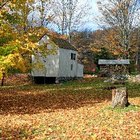
About Family Life in Colonial New Jersey
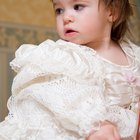
Children's Clothing of the 1800s
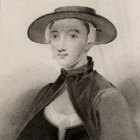
Women's Hats in the 1700s
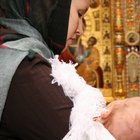
The Purpose of Christening

How Absent Fathers Affect Men

How Were Colonial Wigs Made?

The Meaning of a Flower Girl in a ...

What Do Women Pirates Wear?

The Effects of an Absent Mother Figure
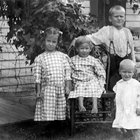
Children's Clothing From the 1920s
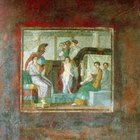
What Are the Family Ties for the Greek ...